
Onboarding new employees is always a challenge, but when that employee is skilled in a technical field, the process can be even more daunting.
New technical hires usually require specific tools, training, and information that is different from what is needed for other employees.
However, with careful planning and execution, onboarding a tech employee can be smooth sailing for both parties. Here are a few tips to get you started.
Table of Contents
Provide amazing communication structure
Starting a new job is always a bit of a whirlwind. There is so much to learn and remember, from the company’s history and processes, to the names of all your new co-workers.
It can be tough to keep track of who does what, especially when it comes to internal communication.
That is why it is important to introduce your new hires to your company’s communication structure from day one.

Get unreal data to fix real issues in your app & web.
First, make sure your new hires know which channels are available for communication.
For example, Slack is a tool that companies often use to communicate internally, and that means that it is great for the onboarding process too.
For starters, you can create a separate channel just for onboarding, where everyone can ask questions and get answers in real-time.
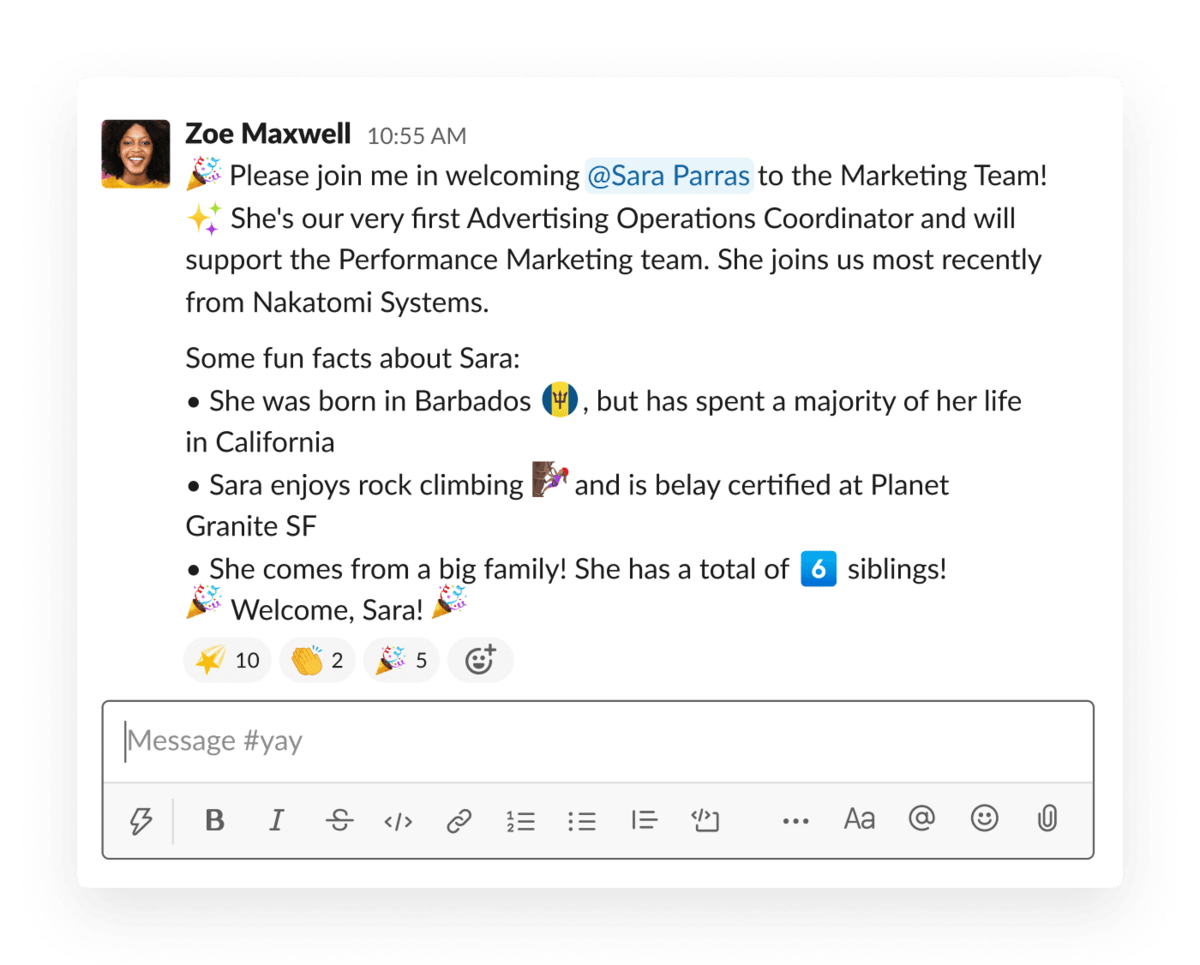
Additionally, you can use Slack to share important information, links, and documents, as well as celebrate each new developer’s progress as they settle into their new role.
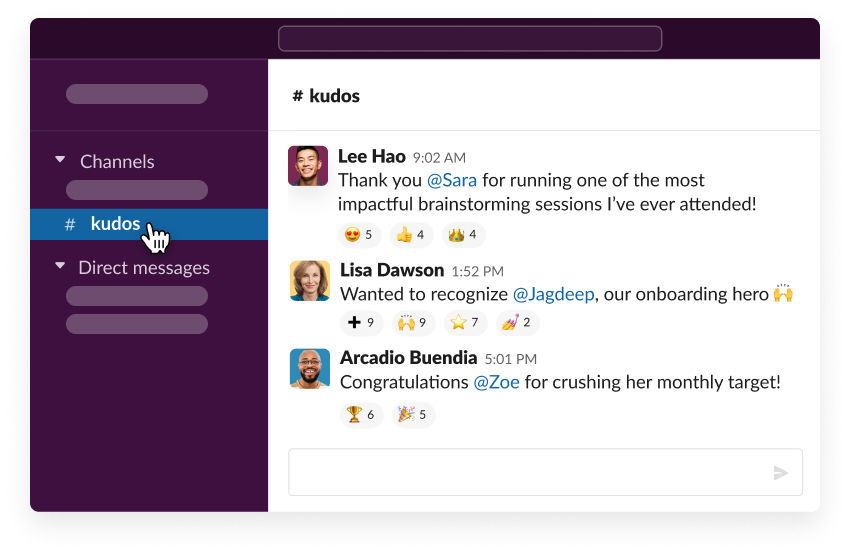
Next, it would be good to establish clear lines of communication. Let your new tech hires know who they should go to with specific questions or concerns.
For example, who is their team lead? Who is the project manager? Who is the point person for HR issues?
These are all important questions that, if answered early on, can leave a lasting first impression and create a foundation for great communication in the future.
For example, if you use Trello or any other project management tool out there, you can dedicate one whole section to the people in charge and other important contacts.
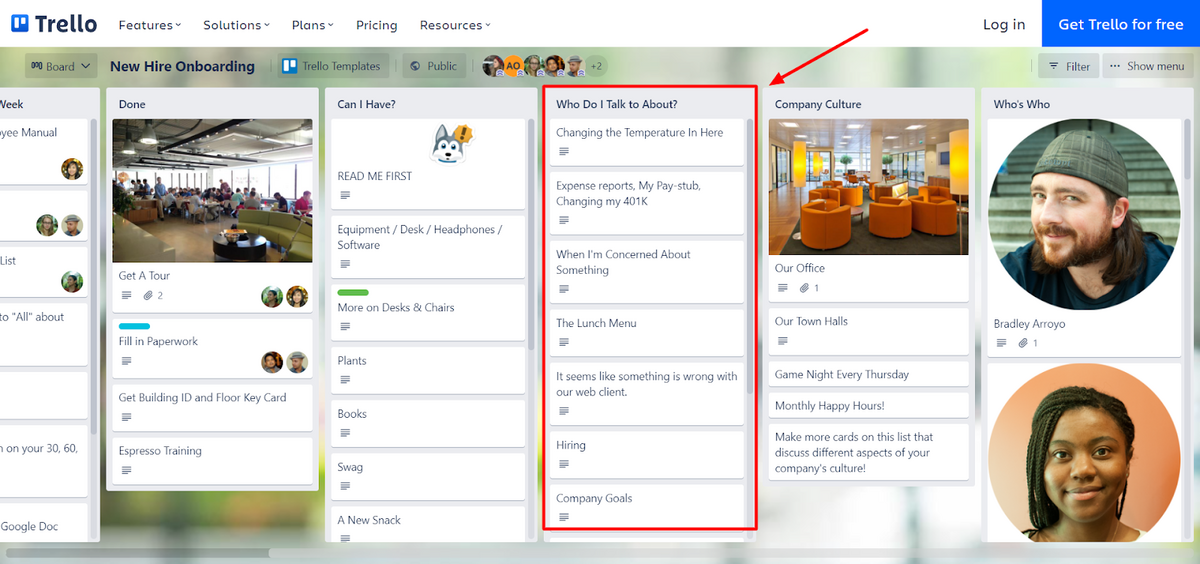
As you can see in the picture, you can define who to contact in case of employment questions, IT support issues, or simply if the employee wants to change the temperature in the room.
And if you want to take communication among new peers and managers to the next level, you can always schedule a free team lunch or even a trip to California, as in Zapier’s case.
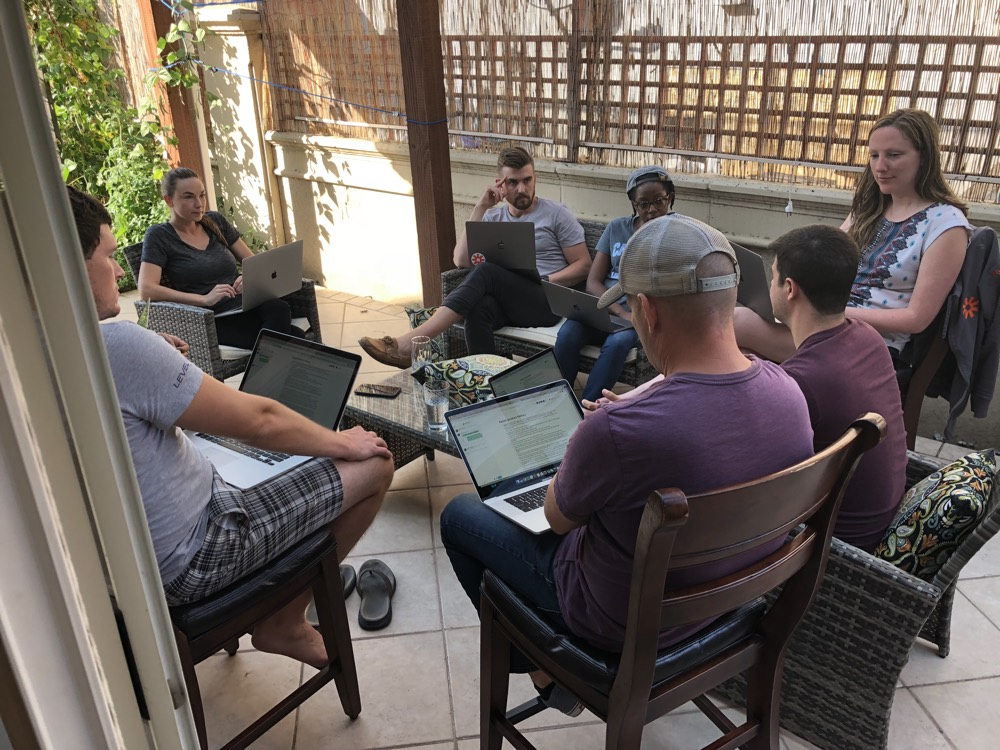
After two months of training, Zapier’s new engineers and their managers are whisked off to California for an all-expenses-paid trip.
The weeklong trip is designed to help the engineers bond with their new colleagues and get a feel for the company’s culture.
We must admit that this is a great way for new employees to connect with their co-workers and managers and improve their communication!
Remember, by keeping communication open and accessible, you can help your new hires feel comfortable and confident as they start their journey with your company.
And that is something worth considering.
Let them pick their equipment
The first week of the new job is always the most exciting, getting to know the lay of the land, and meeting the new colleagues.
But there is one thing that can really make or break those first few days: the equipment.
New tech employees should feel comfortable with their surroundings and have the right tools for the job.
That’s why it is always a good idea to let them pick out their own devices before they start working.
For example, Netflix is known for being a cutting-edge company, so it is no surprise that they are also at the forefront when it comes to asking new developers what tools of the trade (e.g., laptops and configurations) they prefer to work with.
According to this Quora thread, they not only let them pick the desired devices but also make sure that they are on their desk the day they arrive.
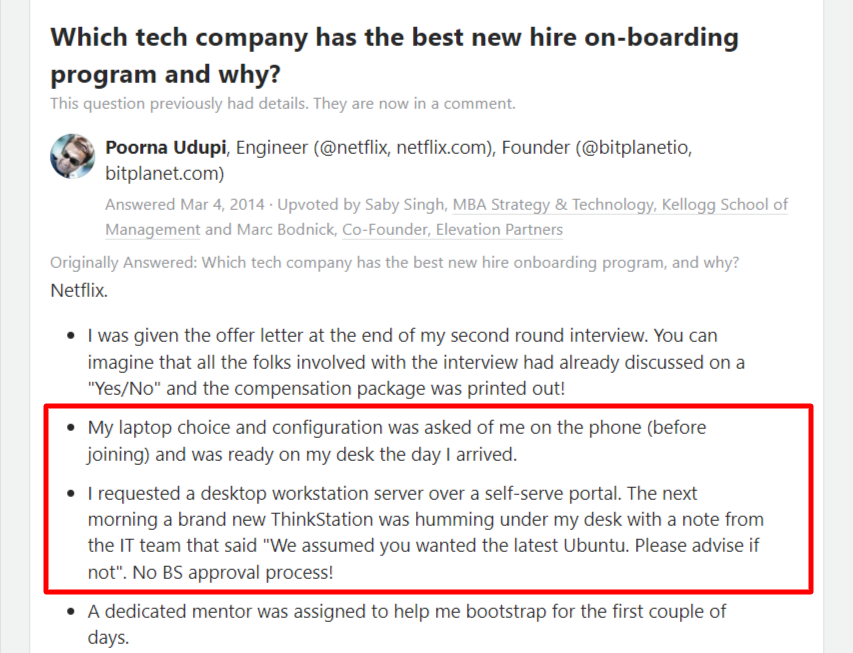
This way, new employees have a setup that they are comfortable with, and they can be productive and efficient from the start.
Boosting productivity is actually one of the main reasons why companies opt for letting employees choose what technology to use in their work.
In fact, studies have shown that choosing their tech stack makes employees not only more productive, but also can have a significant impact on improving their creativity, collaboration, and retention rate.
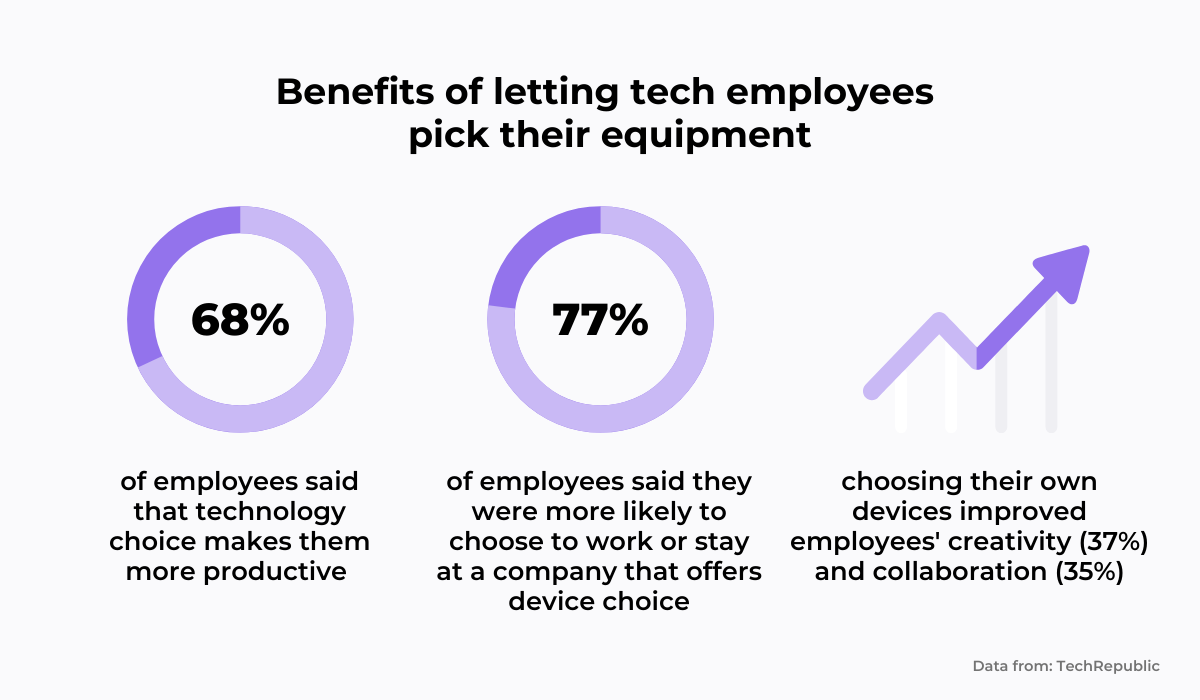
Employees who are able to use their preferred devices are already familiar with the interface and the way it works, so they don’t have to waste time learning a new system.
Of course, there are some drawbacks to this approach.
For example, it can be more expensive than issuing standardized devices, and even lead to compatibility issues between different platforms.
Nevertheless, although there are pros and cons to both sides of the argument, ultimately the benefits of letting employees choose their own equipment far outweigh the downfalls.
The increase in productivity will make the decision of allowing the worker a choice of technology pay off in the long run.
State your expectations up front
Let’s say you’ve finally found the perfect tech candidates for the job. They have all the right qualifications, and you can tell they are going to be a great fit for the team.
However, before you can get started, there is one important thing you need to do: set expectations.
Why is this so important?
Simply put, employees who have a clear understanding of their responsibilities are more efficient and more effective than those who don’t.
What is more, they are also more passionate about their job and report higher levels of satisfaction and loyalty.
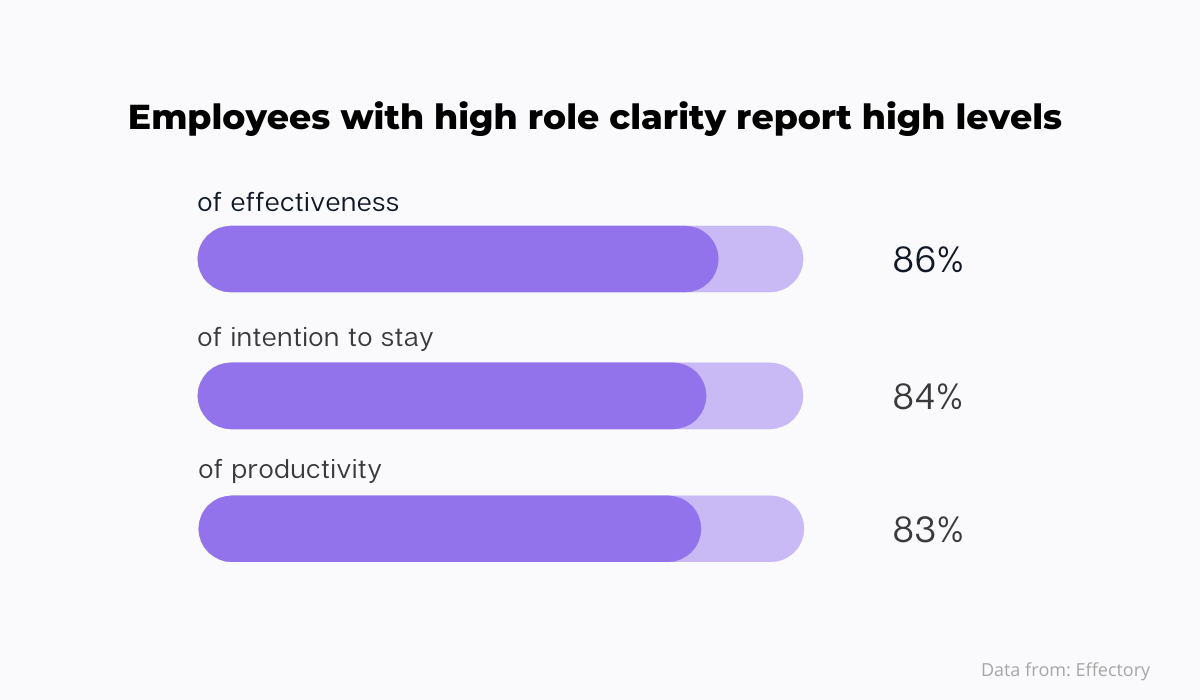
In other words, when development agencies take the time to ensure that their new hires have a clear understanding of their roles and responsibilities, they see better results, and enjoy a higher retention rate.
Take Buffer, for example, the company that managed to recognize the importance of role clarity in the onboarding process early on.
When new employees start at Buffer, they are paired with a manager and two onboarding buddies, and one of them is a role buddy.
The role buddy is a peer who works in the same team as the new hire or in a similar position elsewhere in the organization.
As you can see in the blog section of their website where Buffer’s onboarding system is described in detail, a role buddy is assigned to assist newcomers through their first few weeks, answer any questions they may have, and help them settle into the new role.
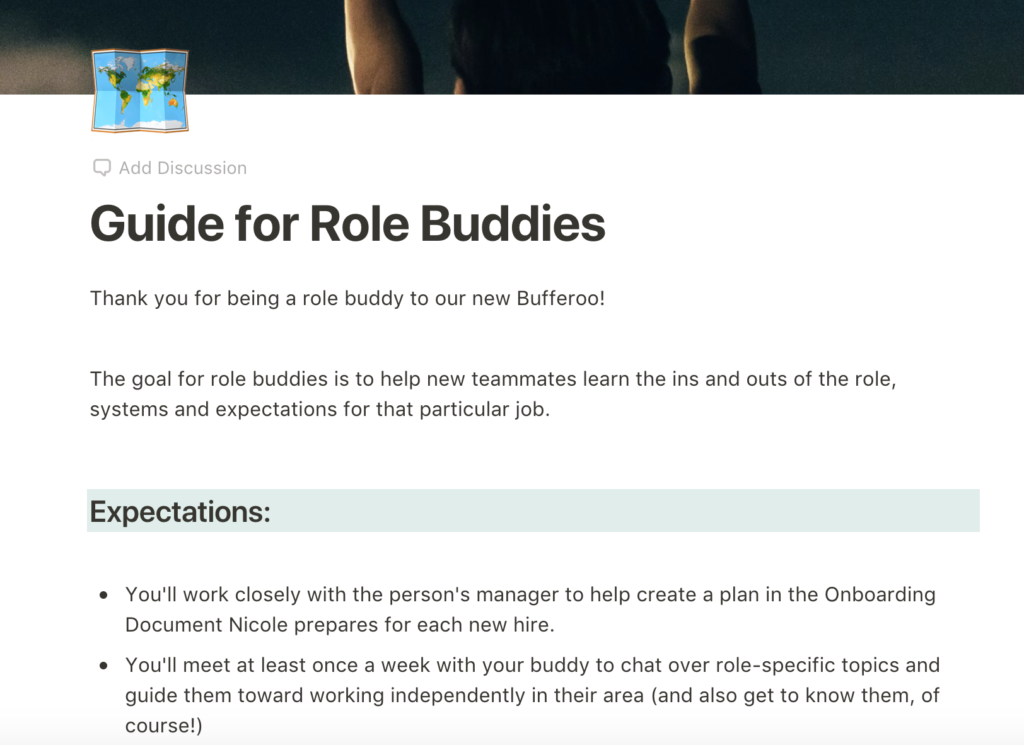
The role buddy and the new hire meet at least once or twice a week to go through the ins and outs of the specific role and role-related questions.
The goal is that by the end of the onboarding program new hires have a clear understanding of their responsibilities at Buffer and how they can contribute to the success of the company.
This is just an example of how crucial it is to state your expectations from the start and how easily it can be done in every company.
That doesn’t mean that you should necessarily include a role buddy system in your company.
But it does mean that you should find your own way to convey to the new hires what their responsibilities are and what you expect from them.
By being upfront about the role, you can help the new developers understand what they need to do to be successful in their position and avoid misunderstandings and conflict down the road.
Assign them a senior mentor
As the old saying goes, there is no substitute for experience. When it comes to the new tech hires, this is especially true.
By assigning them a mentor, you can ensure that they have access to the information and support they need to hit the ground running.
In fact, 70% of Fortune 500 companies already have mentoring programs in place. And more and more small businesses and startups are also offering mentorship opportunities—and for good reason.
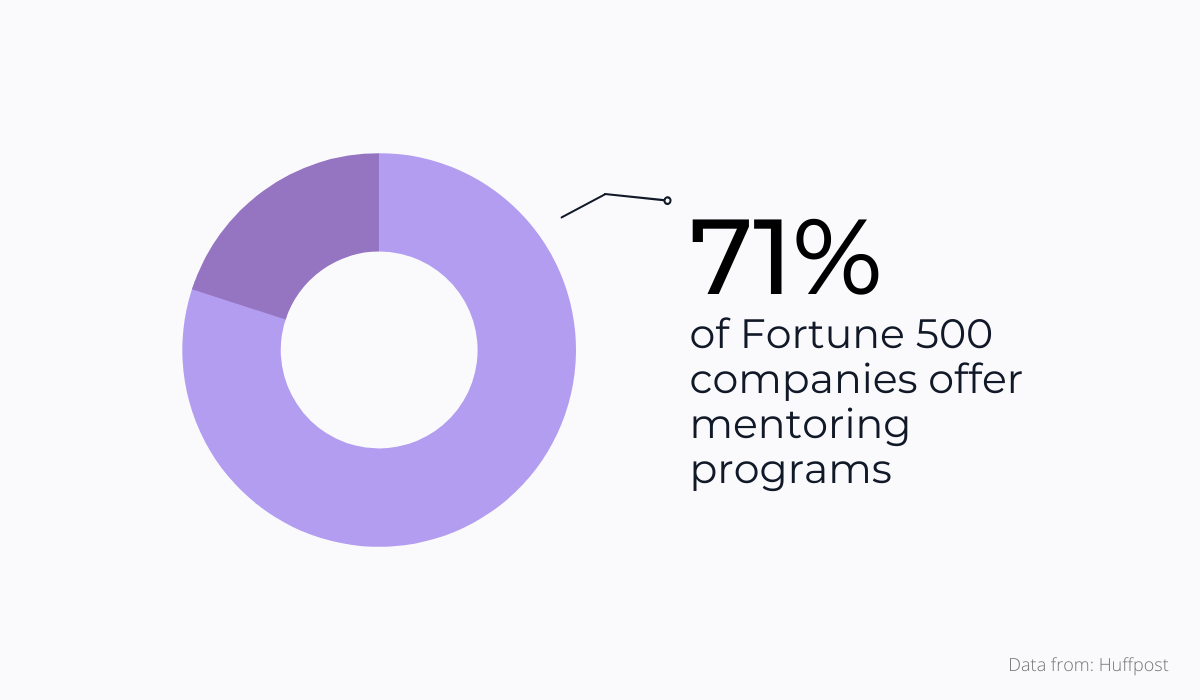
A senior mentor can be an invaluable asset, providing guidance and advice on everything from orienting the new employee to the company’s systems and processes to providing guidance on projects and assignments.
But how do you go about assigning a mentor to your new tech hire? And how do you make the most out of this relationship?
Here are a few proven tips to make the process go smoothly.
First, it would be advisable to encourage senior mentors to share their knowledge. The whole point of having a mentor is to benefit from their experience and expertise.
So, make sure to give them plenty of opportunities to share their wisdom with the new tech employees.
And if that means cutting down their workload to be more available to their mentee, then so be it!
The goal is to have a mentor who is invested in the success of the mentees and has time to help them reach their full potential.
For example, at Quora, they know how important it is to invest in an onboarding program and prioritize new engineers.

Management encourages senior mentors to spend time away from their regular work to train new engineers, knowing that they will lose around 25% of their personal output while they’re engaged with mentoring.
Edmond Lau, a former engineering lead at Quora, claims that it is precisely the dedication to the mentee in those first weeks that makes their onboarding so successful.
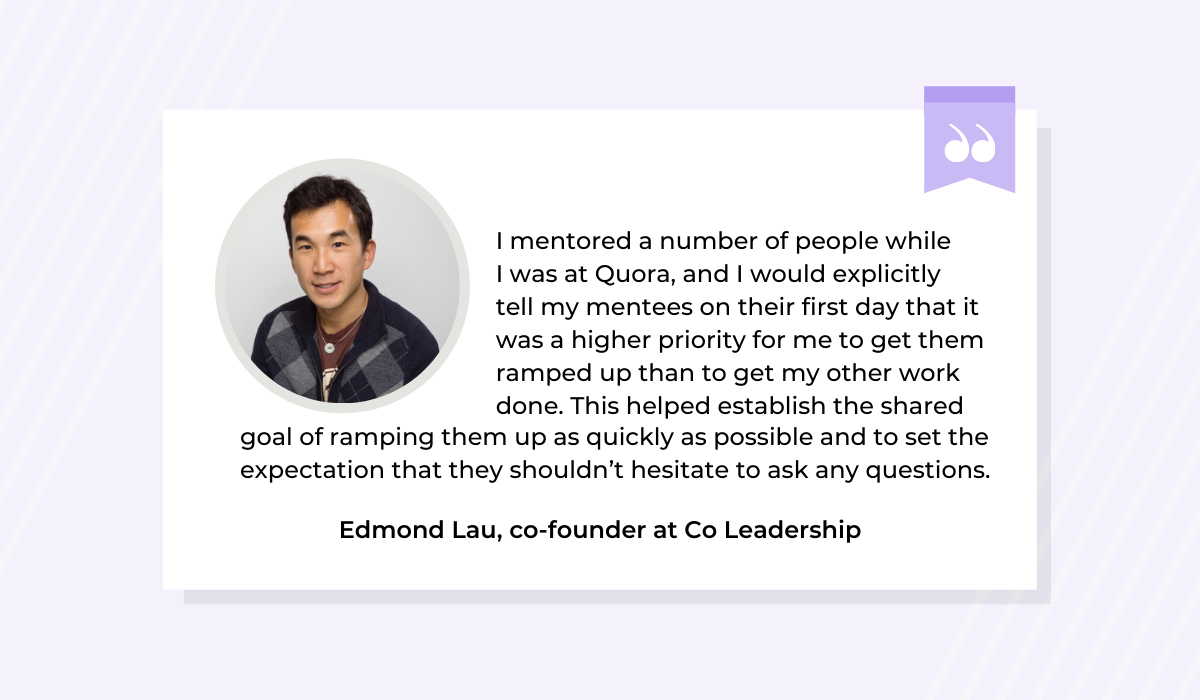
This is a great way to take pressure off the mentors, as they no longer have to juggle so many responsibilities at once.
It also allows them to create a better training experience for the new technical employees.
Something that is often overlooked, but is no less important is two-way communication.
A successful mentorship relies on open communication between both parties.
Therefore, encourage your employees to ask questions and provide feedback, and make sure that your mentor is comfortable doing the same.
For example, Zynga is known for creating fun and engaging social network games, but they also have a great onboarding program where mentorship takes center stage.
New Zynga employees are assigned a senior mentor within their first two weeks on the job and the overall mentorship program lasts for six months.
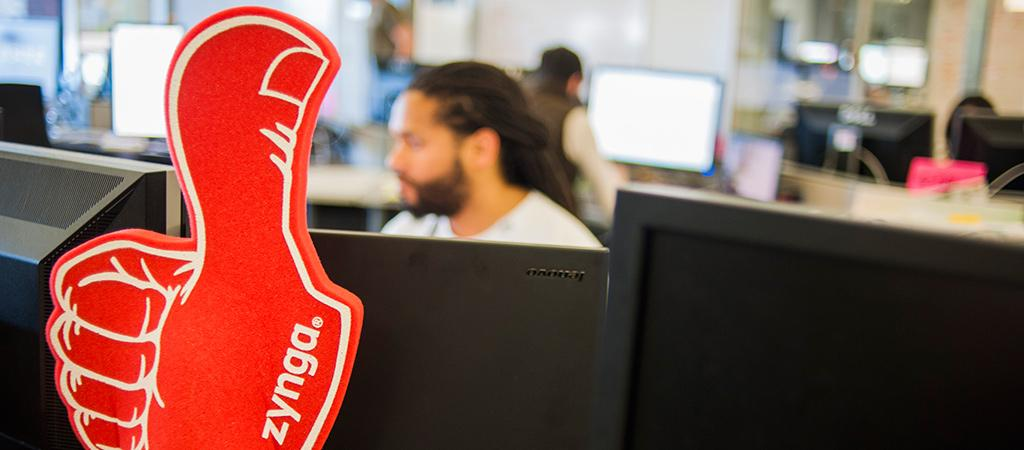
However, they find that mentorship is at its best when it’s a two-way street. Mentors help new employees to adjust to the Zynga culture and to learn about the company’s products.
But at the same time mentors are encouraged to learn from their fresh ideas and outside perspectives of new tech hires, thus making mentoring a win-win situation for everyone involved.
Remember, assigning a senior mentor is one of the most important things you can do when onboarding new technical employees.
By matching them with seasoned employees, they will have someone to help guide and support them through their early days on the job.
This will not only make their transition smoother but also help them be successful in their role from the start.
Give them a challenge
Developers are often very analytical by nature and thrive when presented with a challenge.
That is why it would be a good idea to set new developers up for success by giving them an interesting and engaging challenge to work on from the start.
This will help them feel like they are contributing from day one, and also give you a chance to see how they think and work through problems.
Take Facebook/Meta as an example.
Facebook’s famous six-week-long onboarding program, or “Bootcamp” as it’s colloquially known, is designed to give new engineers a crash course in the company’s codebase, culture, and processes.
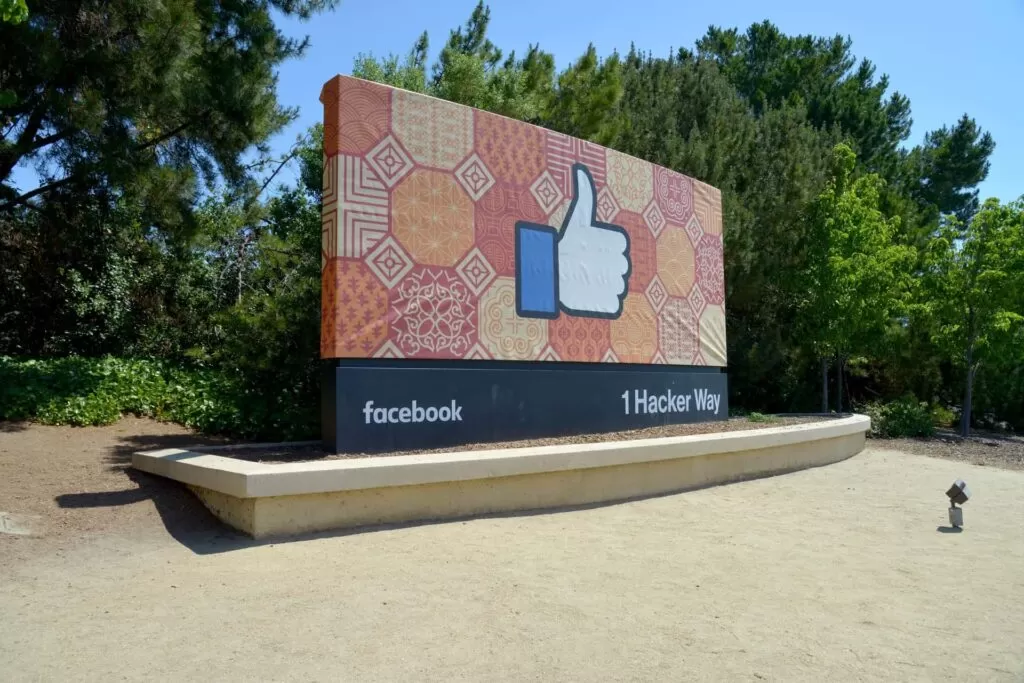
But what interests us here the most is that within 45 minutes of walking through the door, new tech hires are given access to the entirety of Facebook’s codebase and presented with a problem to solve.
Of course, they start with small challenges, like writing a piece of code or fixing a bug, before working up to bigger ones.
Or, as Mukul Rathi, a software engineer that finished Facebook Bootcamp and described the experience in his blog, puts it:
“Bootcamp tasks are small tasks (e.g. fix a bug, refactor this code, implement this small feature etc.) assigned by teams that Bootcampers can complete to get more familiar with the codebase. They’re typically given levels 1-5 based on complexity and your mentor assigns you a task or two to do each week, increasing in levels each week.”
By making them roll up their sleeves and complete specific tasks early on, new developers get a strong understanding of Facebook’s codebase but also a real sense of what it is like to work at the company.
Another Bootcamp graduate, Nick Singh, highlights that as the main benefit of Facebook’s training.
Through specific challenges, new tech employees get a taste of how the work is done in the company and how they fit in, which ultimately helps them decide which team they want to continue working in after the onboarding.
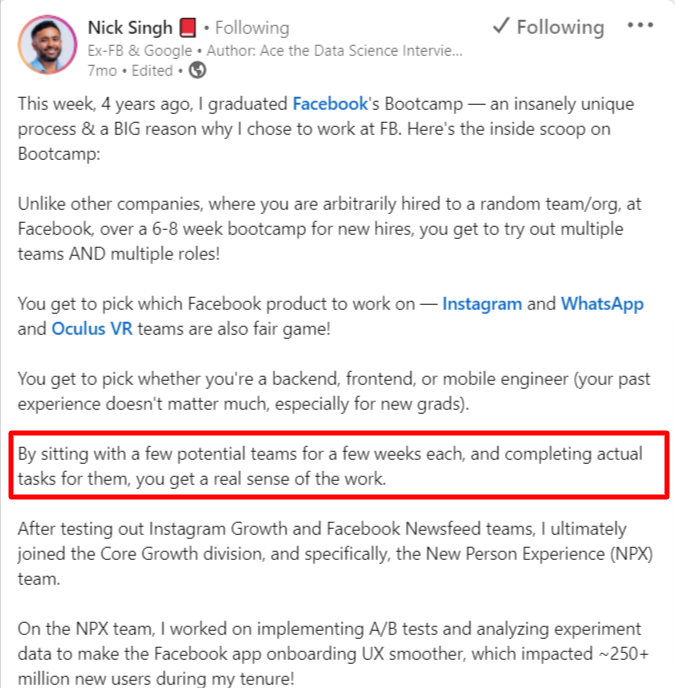
As you can see from the Facebook example, by giving new developers a chance to sink their teeth into something challenging, you will help them learn more about the codebase, build confidence in their skills, and make them feel like part of the team from the get-go.
Therefore, development agencies should never underestimate the power of a good challenge.
Not only will challenges give technical employees a sense of accomplishment, but they will also help them learn the ropes more quickly.
Encourage them to give feedback
One of the most important things you can do when onboarding new developers is to encourage them to give feedback.
Feedback helps to create a culture of open communication, and it also allows you to identify areas where additional training may be needed.
Given the fact that it is becoming extremely hard to attract and keep a good developer on board, it is worth the effort to invest time to collect feedback as it can result in a better onboarding experience and lower turnover rates.
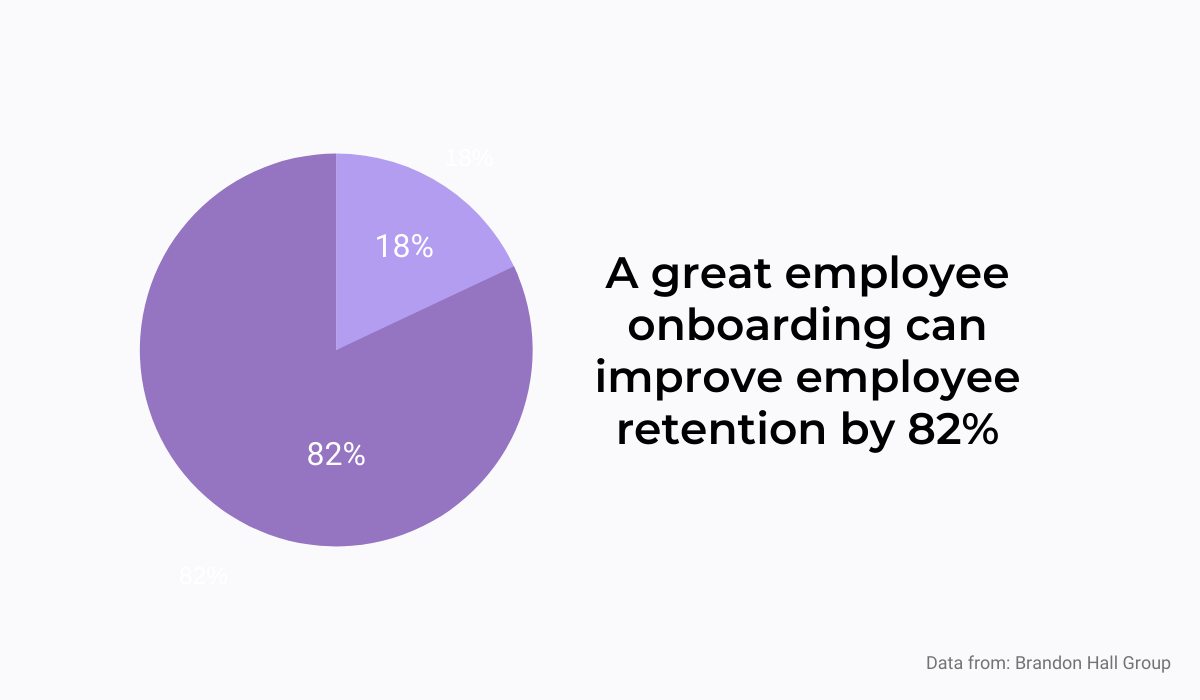
However, new tech employees may not be so eager to give feedback from the start as they are still adjusting to their new roles and don’t want to step on any toes.
Luckily, a few companies that have mastered the art of onboarding feedback can serve us as inspiration, and one of them is Valve.
Valve is a great example of a company that fosters a culture of open communication where the feedback is encouraged and welcomed so that it can be transformed into something as valuable as an onboarding handbook.
The handbook was actually created based on feedback from new hires, as it was written by the employees who went through the onboarding training themselves.
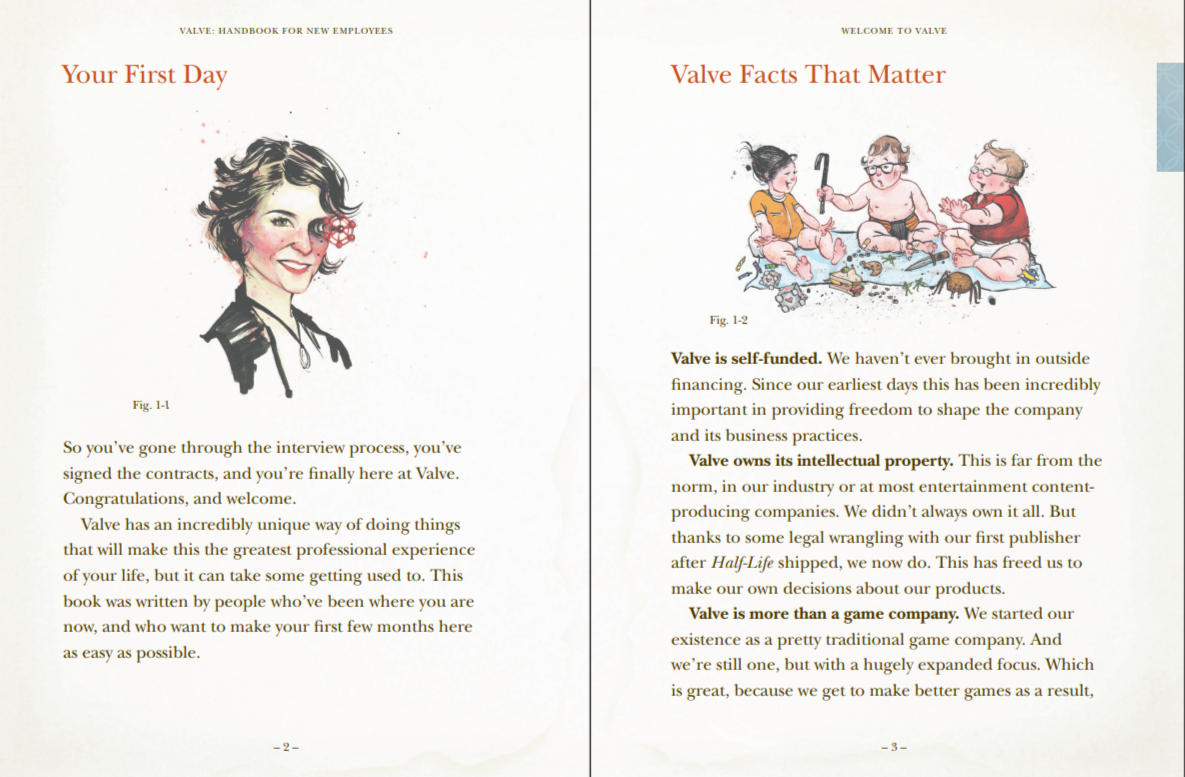
The result is a fun, engaging guide that offers an insider’s view of Valve and covers everything from the basics of the company’s structure and culture to the more practical aspects of the job.
However, you don’t have to go to such great lengths to create an extensive playbook out of employees’ feedback. Just a regular survey or a poll will do.
For example, you can use TinyPulse tool to easily create pulse surveys and send them out to your new tech employees once a week.
This will give you a chance to check in with your new hires, collect their feedback, see how they are doing, and gather invaluable data about how the onboarding can be improved.
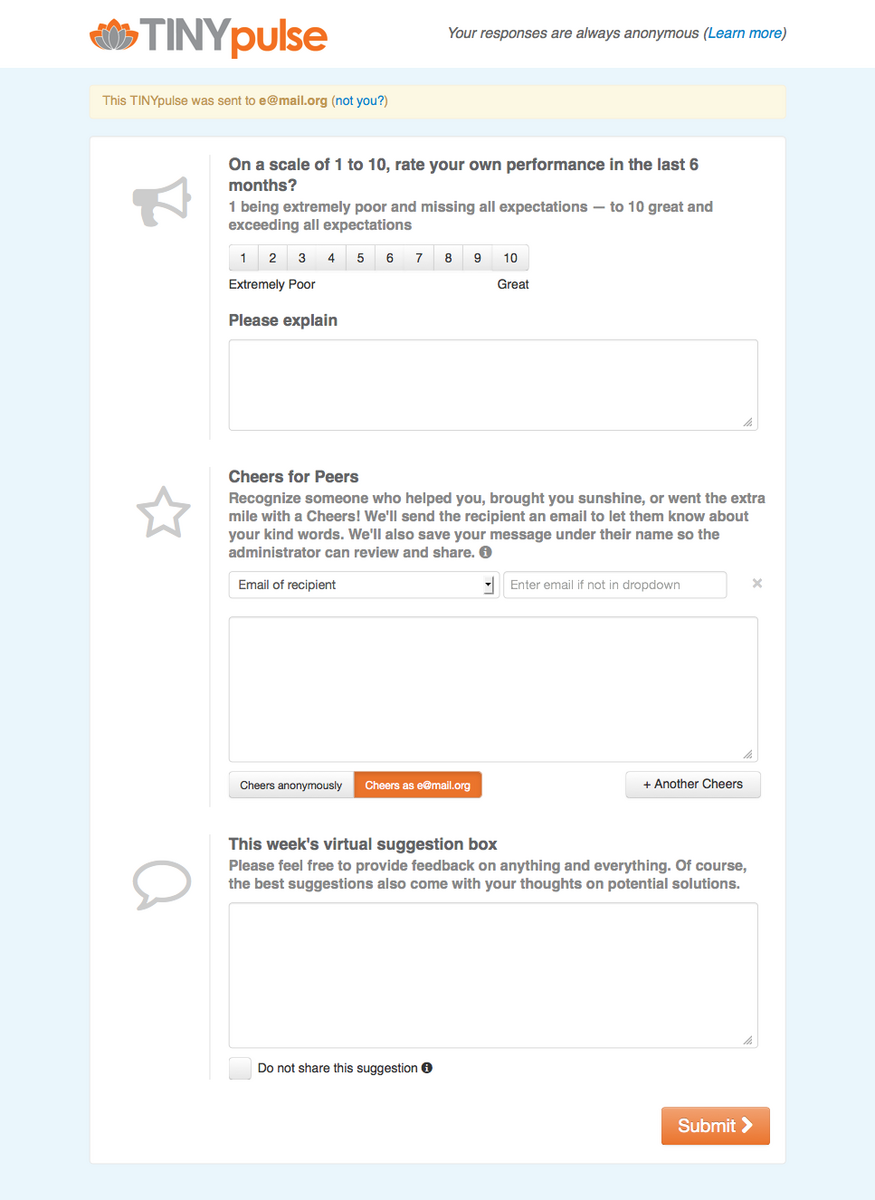
Additionally, as you can see from the picture above, TinyPulse also has a fun feature that allows new hires to send “cheers” to the fellow employees that helped them in some way or went the extra mile to make them feel welcomed.
This is a great way to encourage your new tech workforce to give feedback not just to an employer but to a deserving peer too.
Remember, giving new tech employees the opportunity to provide feedback is an essential part of the onboarding process.
It allows them to feel heard and appreciated, while also giving you valuable information about what is and what isn’t working well.
In other words, by taking the time to listen to your new tech hires, you can create a more welcoming and productive onboarding process.
Conclusion
As you can see, onboarding your next tech superstar doesn’t have to be difficult.
With the right tools in place and a step-by-step guide, you can make the process smooth for both you and your new hires.
We hope these tips will help you train your new technical talents and create an enjoyable onboarding experience for everyone involved.




